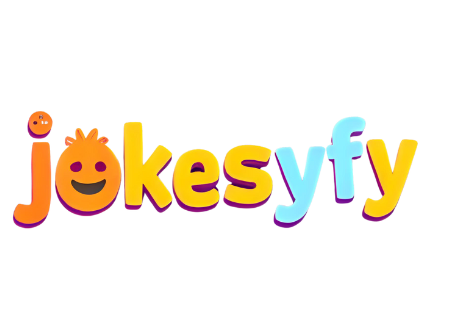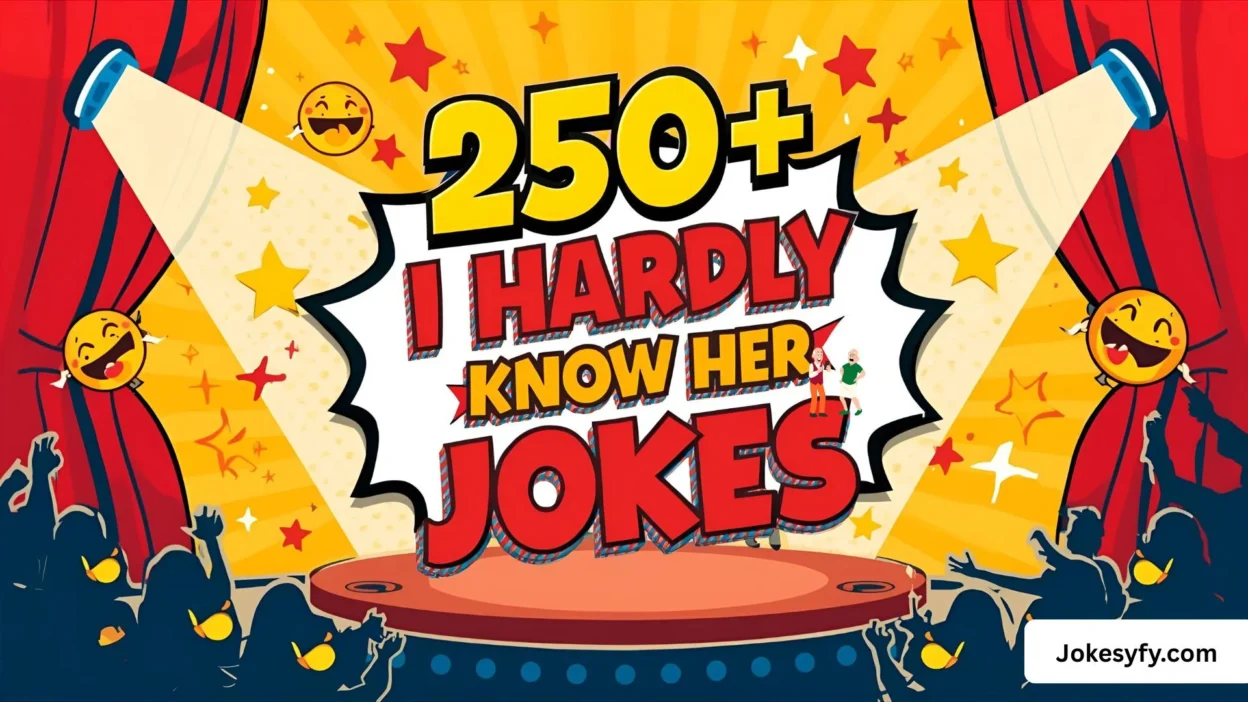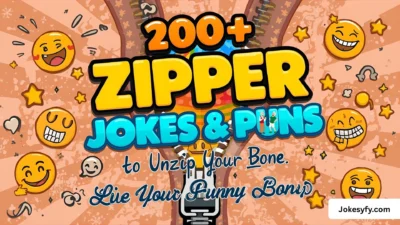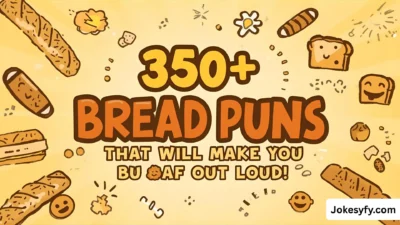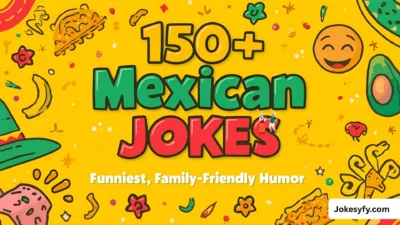I hardly know her jokes represent one of the most recognizable and enduring forms of wordplay in modern comedy. These clever linguistic jokes follow a simple yet brilliant formula where a speaker sets up a phrase that ends with a word sounding like “-er,” prompting the punchline “I hardly know her!” This classic joke format has demonstrated remarkable staying power, evolving from casual conversation to internet meme culture while maintaining its essential structure and appeal. The beauty of these playful puns lies in their simplicity and versatility—they can be spontaneously created in everyday conversation while following a reliable pattern that consistently delivers laughs. Whether you’re new to this comedy style or looking to expand your repertoire, understanding the mechanics and appeal of I hardly know her jokes will enhance your appreciation for this unique form of wordplay that continues to bring humor to language lovers everywhere.
Historical Origins and Evolution

The fundamental structure of I hardly know her jokes has deeper historical roots than many people realize. While the exact origin is difficult to pinpoint, similar wordplay patterns appear in comedic traditions throughout history. The format plays with homophones and suggestive innuendo in ways that echo Shakespearean bawdy humor and vaudeville-era wordplay, demonstrating that the human attraction to linguistic comedy is timeless . What makes this specific formula remarkable is its durability across decades of changing comedy trends, maintaining relevance even as humor evolves.
The joke structure gained significant mainstream recognition in the late 20th century, particularly through comedy albums and television shows that helped popularize the format. The digital age dramatically transformed the creation and dissemination of these jokes, with social media platforms and meme generators enabling rapid creation and global sharing of new variations. Internet communities have embraced the format, often creating themed collections and challenging members to generate new examples, ensuring the continued evolution of this comedy style while preserving its essential linguistic charm that has entertained generations.
The Psychology Behind the Appeal
The enduring popularity of I hardly know her jokes can be explained through several psychological principles that tap into fundamental human cognitive processes. Firstly, these jokes function as a form of cognitive pleasure derived from pattern recognition. Our brains naturally seek patterns in language, and the setup-punchline structure provides a satisfying completion to the linguistic pattern. The momentary confusion created by the homophone resolution triggers a release of tension that manifests as laughter, making the experience both mentally stimulating and emotionally rewarding.
From a social perspective, these jokes serve as effective bonding mechanisms among friends and colleagues. The shared experience of understanding the wordplay creates a sense of inclusion and mutual understanding. The format’s simplicity makes it highly accessible, allowing people of different ages and backgrounds to participate regardless of comedic talent. Cognitive linguists note that the appeal also lies in the surprise element—the brain initially processes the setup literally before the punchline reveals the alternate meaning, creating that delightful “aha” moment that characterizes the most satisfying forms of humor.
Anatomy of a Successful “I Hardly Know Her” Joke
Successful I hardly know her jokes follow specific structural patterns that contribute to their effectiveness. The most common format begins with a setup phrase containing a word that ends with “-er” sounds (or similar syllables like “-ur” or “-or”), followed by the classic punchline “I hardly know her!” This consistent template provides a recognizable framework that signals the humorous intent to listeners, preparing them for the wordplay to follow. The reliability of this structure across countless variations demonstrates its effectiveness as a comedic formula.
The quality of individual jokes depends heavily on the natural pronunciation of the setup word and how seamlessly it leads to the punchline. The best examples use common words and phrases where the “-er” sound occurs naturally without forced pronunciation. Successful jokes often incorporate familiar scenarios or everyday situations that increase their relatability and immediacy. The format typically works best with single-syllable words ending with the target sound, though multi-syllable words can work when the final syllable is emphasized naturally in everyday speech.
Table: Common “I Hardly Know Her” Joke Categories
| Category | Characteristics | Example |
|---|---|---|
| Everyday Activities | Based on common actions and situations | “I saw her standing under the mistletoe, but I hardly know her!” |
| Occupation-Based | Professional contexts and workplace scenarios | “I asked her to file these papers, but I hardly know her!” |
| Food-Related | Culinary situations and dining scenarios | “I told her to add more sugar, but I hardly know her!” |
| Location-Based | Geographical and place-oriented setups | “I saw her at the harbor, but I hardly know her!” |
Modern Variations and Digital Adaptations
The internet era has introduced fascinating evolutionary changes to the traditional “I hardly know her” joke format. While maintaining the core structure, digital creators have developed variations including “I hardly know him” for male-targeted jokes and non-binary alternatives like “I hardly know them.” These adaptations demonstrate the format’s flexibility while promoting inclusivity in humor. Social media platforms have particularly fueled collaborative joke development, with users building upon each other’s creations in real-time through comment threads and dedicated accounts.
Memes and visual adaptations have brought new dimensions to this classic wordplay format. Image macros often pair the jokes with relevant pictures, adding visual context that enhances the humorous effect. Video platforms like TikTok and YouTube Shorts have enabled skit-based interpretations where creators act out both the setup and punchline in brief comedic scenes. These digital transformations have introduced the format to new generations while providing fresh creative avenues for longtime enthusiasts, ensuring that this classic comedy structure continues to evolve while maintaining its essential linguistic appeal that has entertained people for decades.
How to Create Original “I Hardly Know Her” Jokes
Creating your own original jokes in this classic format is an accessible creative process that anyone can master with practice. The most effective approach begins with brainstorming words that naturally end with the “-er” sound (or similar syllables like “-ur” or “-or”). Focus on common verbs, nouns, and adjectives that people use in everyday conversation, as these will create the most relatable and spontaneous-sounding jokes. Once you have a list of potential words, the next step involves constructing natural phrases or scenarios where these words might appear in context.
The refinement process is crucial for developing quality material. Test your jokes by speaking them aloud to ensure the pronunciation sounds natural and the rhythm flows smoothly. Pay attention to the conversational context where such a phrase might genuinely occur, as this enhances the humor through plausibility. The most successful original jokes often emerge from your personal experiences and observations, so don’t hesitate to draw inspiration from your daily life. With regular practice, you’ll find yourself spontaneously recognizing potential joke setups in everyday conversation, transforming ordinary discussions into unexpected moments of comedy and connection.
Social Guidelines and Appropriate Usage
Understanding the appropriate social context for delivering these jokes is essential for ensuring they land well and maintain their lighthearted spirit. The format’s inherent suggestiveness means that timing and audience are crucial considerations. These jokes typically work best in casual settings among friends, family, or colleagues who appreciate wordplay and understand the format’s conventions. In more formal environments or with people you’ve just met, it’s wise to gauge the conversation’s tone before attempting this specific style of humor, as the innuendo might not suit every situation.
Being mindful of your audience’s comfort level with suggestive humor will help you determine when these jokes are appropriate. Pay attention to social cues and reactions—if a joke doesn’t land, simply move the conversation forward without drawing excessive attention to the failed attempt. The best comedic timing often involves allowing these jokes to emerge organically from conversation rather than forcing setups. Remember that the goal is shared amusement rather than offensive shock value, so when in doubt, err on the side of milder examples that play with language without crossing comfort boundaries. This approach ensures the format remains enjoyable for everyone involved.
Notable Examples and Categories
Classic and Timeless Examples
- “I see her!” “I hardly know her!” 😂
- “I owe her!” “I hardly know her!” 💰
- “I need to pay her!” “I hardly know her!” 💵
- “I saw her at the store!” “I hardly know her!” 🛒
- “I told her!” “I hardly know her!” 🗣️
- “I hear her!” “I hardly know her!” 👂
- “I fear her!” “I hardly know her!” 😨
- “I admire her!” “I hardly know her!” 👀
- “I remember her!” “I hardly know her!” 🤔
Food and Drink Themed Jokes

- “I made toast for her!” “I hardly know her!” 🍞
- “I’ll pour her a drink!” “I hardly know her!” 🥤
- “I need to feed her!” “I hardly know her!” 🍽️
- “I’ll brew her some coffee!” “I hardly know her!” ☕
- “I bought ice cream for her!” “I hardly know her!” 🍦
- “I offered her a burger!” “I hardly know her!” 🍔
- “I shared my pizza with her!” “I hardly know her!” 🍕
Activity and Situation-Based Jokes
- “I helped her move!” “I hardly know her!” 📦
- “I drove her!” “I hardly know her!” 🚗
- “I texted her!” “I hardly know her!” 📱
- “I emailed her!” “I hardly know her!” 💻
- “I photographed her!” “I hardly know her!” 📸
- “I painted her portrait!” “I hardly know her!” 🎨
- “I fixed her sink!” “I hardly know her!” 🔧
Occupation and Hobby Focused
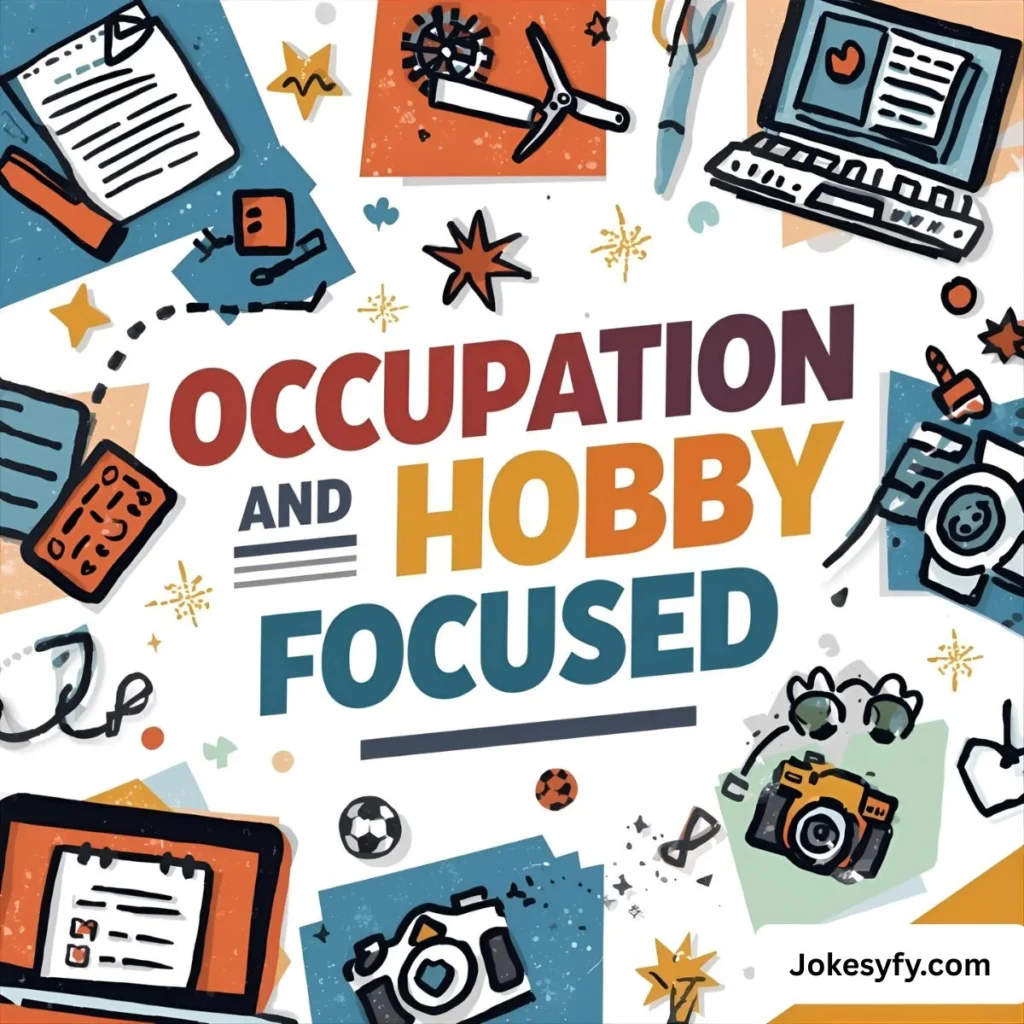
- “I asked her to be my tutor!” “I hardly know her!” 📚
- “I hired her as my writer!” “I hardly know her!” ✍️
- “I saw her performance as an actor!” “I hardly know her!” 🎭
- “I need her as my editor!” “I hardly know her!” 📝
- “I booked her as a singer!” “I hardly know her!” 🎤
- “I contracted her as a builder!” “I hardly know her!” 🏗️
- “I appointed her as my manager!” “I hardly know her!” 💼
Location-Oriented Jokes
- “I met her in the corridor!” “I hardly know her!” 🏢
- “I saw her by the water!” “I hardly know her!” 🌊
- “I encountered her at the center!” “I hardly know her!” 🏟️
- “I noticed her near the river!” “I hardly know her!” 🏞️
- “I found her in the cellar!” “I hardly know her!” 🍷
- “I spotted her at the harbor!” “I hardly know her!” ⚓
Cultural Impact and Future Evolution
The I hardly know her joke format has established a significant place in comedy culture that extends beyond its simple structure. These jokes represent more than just wordplay—they embody a approach to language that finds humor in everyday speech patterns and accidental double meanings. The format’s cultural persistence demonstrates how simple linguistic patterns can transcend generations and technological changes, maintaining relevance even as comedy trends evolve. This endurance suggests that the fundamental appeal of wordplay and surprise in language is timeless, speaking to something fundamental about human cognition and social interaction.
Looking toward the future, this joke format shows every sign of continuing its evolution through emerging technologies and communication platforms. Voice-activated assistants and AI chatbots present fascinating new frontiers for this type of wordplay, potentially creating unexpected comedic interactions with technology. As language itself evolves, incorporating new slang and terminology, the format will likely adapt to include contemporary references while maintaining its classic structure. The essential elements that have made these jokes endure—simplicity, surprise, and linguistic cleverness—will continue to find new expressions, ensuring that this classic comedy format remains vibrant and relevant for future generations of language enthusiasts and humor lovers.
Conclusion: The Enduring Appeal of Wordplay
I hardly know her jokes continue to delight because they represent the perfect intersection of linguistic cleverness and accessible humor. This timeless comedy format demonstrates how simple wordplay can create moments of connection and surprise in everyday conversations. The structure’s versatility allows for endless variations while maintaining its recognizable pattern, providing both comfort through familiarity and excitement through creative innovation. As we’ve explored, these jokes have evolved across decades and platforms while preserving their essential charm that resonates with people across generations.

I am Charles K Baxter, a humor enthusiast passionate about spreading joy and positivity through laughter.
